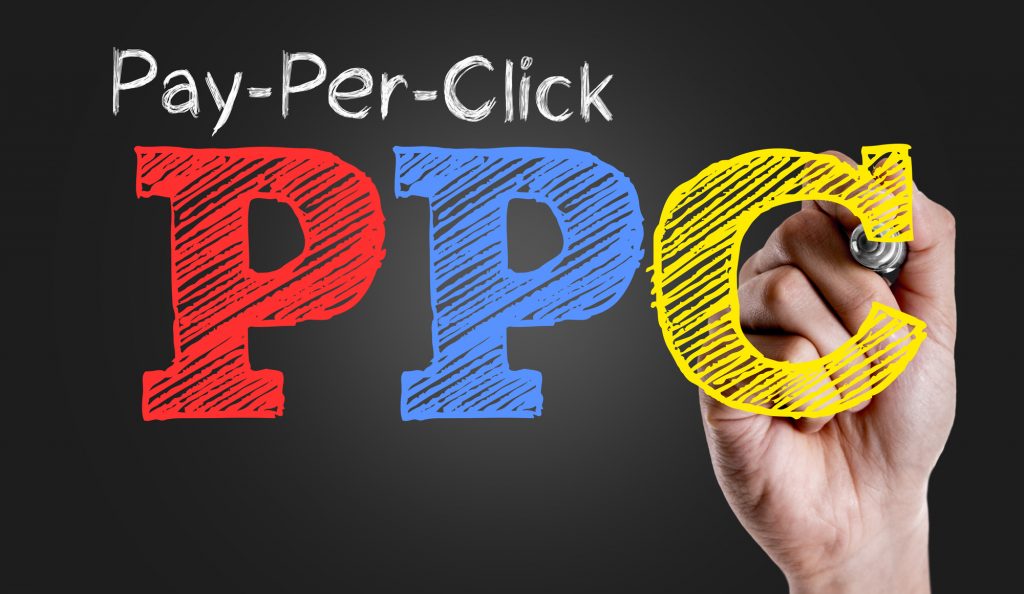
Today’s small businesses have more marketing options than ever. Some of them are more popular than others. Almost half of all businesses use pay per click advertising to promote their products.
When you’re running a small business, though, budgets can also be small. You may feel like you need to choose between PPC and SEO, or PPC and inbound marketing.
If you’ve ever felt torn between different marketing methods, there’s some good news. Often, you don’t need to choose between one or the other.
A great example is inbound marketing and PPC. These two marketing options may seem to be at opposite ends of the spectrum. Using both together can actually pay dividends for your marketing.
Investing in Inbound Marketing
What is inbound marketing anyway? Inbound strategies tend to draw customers to your website. You can think of them as a magnet.
Most often, people associate inbound with content marketing. You write a great blog post, and someone hops over to your site to read it.
SEO often goes hand-in-hand with inbound marketing strategies, since it drives traffic to your site. With SEO, you try to boost your webpage’s SERP ranking organically. Providing great content is one way to improve SEO.
Inbound marketing drives traffic to your site, increases brand awareness, and more. It provides a solid foundation to grow the rest of your marketing campaigns. That can include PPC marketing.
How Does PPC Fit Into Inbound Marketing?
Pay per click advertising can drive traffic to your site, but it isn’t considered an inbound tactic. Instead, it’s what’s known as an outbound technique.
Inbound marketing brings people to you. Outbound sees you making an effort to reach out to people who may not even be aware you exist.
Most advertising is outbound, because you’re looking to spread the word. When tweeting about a new product or running a PPC campaign, you’re using an outbound technique.
So, how does PPC work with your inbound marketing techniques?
You can think of PPC as the push to inbound marketing’s pull. Inbound marketing draws people in. Outbound techniques might provide the initial push they need to find your products.
An example makes this clear. Suppose you’ve written a great guide to this season’s running shoes and how someone can choose the right shoe. When people search “running shoe guide,” your post pops up.
On the landing page, the user is encouraged to exchange contact details to access the free guide.
A PPC ad might be how they end up on that landing page to start. Someone who has searched “running shoes” might be interested in your guide. Using good PPC strategy, you can target this person and draw them in.
Retargeting with Pay Per Click Advertising
Another way PPC ads can fit into your inbound marketing strategy is by retargeting people who have already visited your site.
Let’s check in on our user searching “running shoe guide.” They searched this phrase on Google and landed on your website. Once there, they entered their contact details and downloaded the guide.
They read the guide and decide they need some time to consider it. They wander off to do something else, and they forget about the running shoes and your shop for a bit.
Later, when they’re scrolling their Instagram feed or catching up on the news, they see a PPC ad for running shoes on your site. The ad offers them a discount. They recognize your brand name, so they click the ad and buy the shoes.
In this scenario, the inbound marketing technique is what draws the customer in. It was the PPC retargeting that converted this inbound lead into a paying customer.
Making the Most of Your Marketing Budget
As you can see, you can use PPC advertising boost your inbound marketing efforts in a couple of ways. First, it can make customers aware of content offers and other inbound materials. It can also help you retarget your inbound leads.
This sounds great, but how are you going to invest in both inbound marketing content and PPC? The answer is often by working with the right team.
A great agency can help you improve your pay per click management. In turn, you can use budgets more efficiently, which could lower them. You can also save time and effort, which lowers your overhead costs.
The right partner also helps you develop better inbound marketing strategies. In turn, you’ll be able to find more leads and convert more of them to paying customers.
With this strategy in play, you can devote more of the budget to inbound efforts. At the same time, you can rest assured you’re running effective PPC campaigns.
Maintain an Inbound Mindset
As you incorporate a PPC marketing strategy into your inbound campaigns, make sure you keep the right mindset.
Inbound marketing’s strengths are lead generation, data analysis, and cost-effectiveness. Inbound strategies may not cost you much at all. Developing good content and doing SEO the right way is important.
PPC is still cost-effective, but it’s often focused on conversions versus finding leads. Nonetheless, taking an inbound approach to PPC can help you improve your campaigns, discover your audience, and more.
Essentially, think of PPC campaigns as an extension of your inbound marketing efforts. In this way, you’ll be able to use them to do much more than just generate sales.
Power Up Your Marketing
In the digital era, marketing options are a dime a dozen. It can be difficult to choose, but you can realize better results when you combine marketing options. Your pay per click advertising campaigns can support your inbound marketing activities. In turn, your business will be ready to grow.
Are you looking for tools and tips to take your marketing further? Check out our selection of free and easy-to-use SEO tools. With them, you’ll be ready to rise to the top of the rankings in no time.

